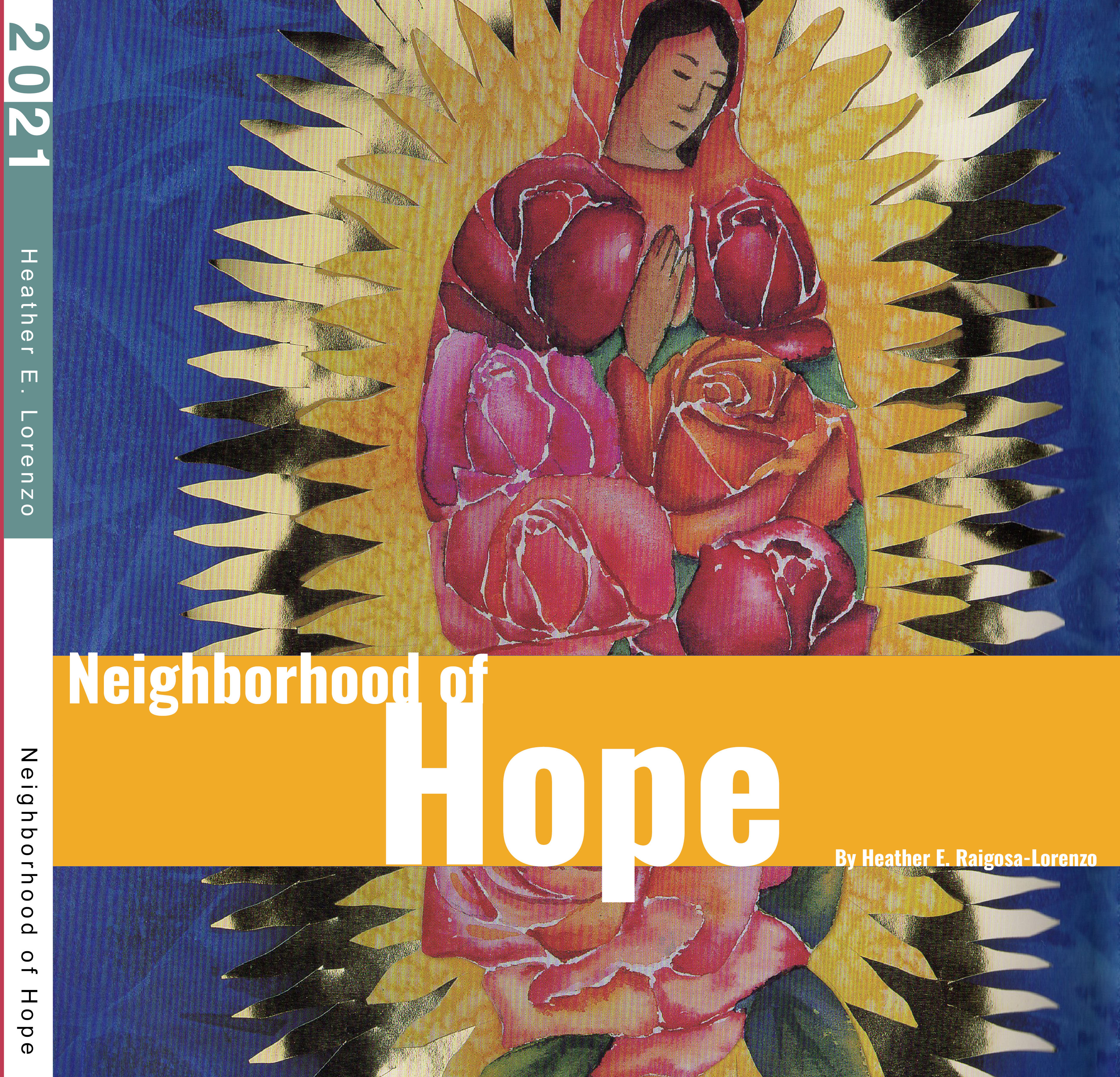Neighborhood of Hope
Abstract
The United States is the global leader in lock-ups with 2.3 million people currently in jails and prisons. Since the 1970s, marginalized groups, such as African Americans and Latinos, have been victims of an outdated criminal justice system. Due to policy changes in sentencing law and policy, the results have been overcrowding and fiscal burdens on the states. When the war on drugs initiative was approved in the late 1980s, under the Reagan administration, mass incarceration became a topic of controversy and then a reality as more minorities were put into the criminal justice system. This epidemic was the caveat for a new version of the Jim Crow laws. These disenfranchised minority groups were positioned into a caste system that was invisible to them as they proceeded through the custody and incarceration process. Regardless if you paid your dues and served your time, once you are put into the system, your rights are reduced to that of a second-class citizen for life. In the past 15 years, we have made some considerable and what seemed impossible changes to how we house those that have been incarcerated. Evidence-based research has been a driving force for such changes. The first humane prison was built in Halden, Norway in 2009. The focus was on detention and rehabilitation, designing for the inmates to move between the different spaces and buildings creating a relationship with time and place; necessary rhythms of life. In the U.S. the Las Colinas Women's Detention Center was built in Southern California in 2015. A college campus typology was used for the master plan with variations of outdoor spaces and large window openings to access natural daylight and take advantage of the Southern California landscape and climate. The interior spaces were designed to promote educational, vocational, personal, and spiritual growth. Staff members have witnessed a positive change in behavior of the inmates as well as a reduction in stress and anxiety in the work environment.
Subject
Prison ArchitectureRehabilitation Architecture
Architectural design
Prisons
California--Los Angeles
Department
ArchitectureCollections
Citation
Lorenzo, Heather (2021). Neighborhood of Hope. Master's thesis, Texas A & M University. Available electronically from https : / /hdl .handle .net /1969 .1 /196158.


